Literally sent from the raging fires in Los Angeles, “Breath(e): Toward Climate and Social Justice” just arrived at the Moody Center for the Arts at Rice University. Organized by the Hammer Museum, it is on view in Houston through May 10. That a show about climate change would flee LA under such duress might seem uncanny if disaster wasn’t becoming so terrifyingly commonplace.
The exhibition, however, veers clear of outright terror; there’s enough of that in the news. Instead, 14 resoundingly smart artists experiment with solutions, some of them literal, as with Xin Liu’s work with a solvent capable of dissolving plastic. Others are speculative, as in Cannupa Hanska Luger’s sculptural installation of looming Indigenous space travelers clad in protective gear made from recycled materials, nomads surviving in a hostile environment.
The show was adapted to Houston’s local climate, with works attending to the particularities of the Gulf Coast landscape and to the city’s role as the so-called energy capital of the world. Liu is using the solvent—developed in a Rice lab—to slowly degrade 3D-printed models of downtown Houston and the Rice campus. Luger’s figures are backed by a threaded horizon line that replicates Houston’s low-lying topography, and accompanied by a video featuring the oaks outside the Moody, connecting the here and now to the future possibilities his work conjures.
Brandon Ballengée’s “MIA” series (2020), including MIA Black Driftfish, MIA Redface Moray Eel, and other missing species, addresses the 2010 Deepwater Horizon oil spill still palpable in Gulf waters. Ballengée, who is also a scientist, identified 14 endemic fish species that have not been sighted since the disaster. He then painted them in crude oil collected from both Deepwater Horizon and the Taylor Energy oil spill, still ongoing off the coast of Louisiana. To make the oil malleable, he had to mix in Corexit, the same chemical dispersant BP used to clean up the 134 million gallons it spilled in the Gulf. Arguably, this substance is as toxic as the oil itself. So to prevent off gassing of the works’ noxious media, Ballengée sealed his “ghost species” between sheets of glass.
Suspended like the specimens collected in natural history museums, the fish are now artifacts of human as much as natural history. Ballengée combines his artistic practice with outreach initiatives hoping to start conversations, which have proven fruitful. He has located at least two of the missing species through collaboration with people who live and work in the Gulf.
More ghostly still is Clarissa Tossin’s Rising Temperature Casualty (Prunus persica, home garden, Los Angeles), 2022. A silicone cast of a peach tree from her garden that failed to survive Los Angeles’s heat and drought hangs upside down from the ceiling, with bits of delicate bark clinging to its limp branches. Its inert form provides the exhibition’s most somber, mournful note.
The fear and guilt saturating our media landscape, so many climate activists and educators have argued, are not conducive to action and change. What’s needed, Jennifer Atkinson and Sarah Jaquette Ray write in The Existential Toolkit for the Climate Crisis: How to Teach in a Burning World (2024), are community and care. That is why Mel Chin chose not to engage directly with environmental issues in his work for the show: he claimed that empathy had to precede action. He instead organized an open call for volunteers to share transformative moments from their lives in listening sessions. Chin worked with the volunteers to visualize their stories and the metaphysical resonance they held in simple oil on steel paintings. Modeled on retablos, the project brought a devotional quality to the act of listening, offering both a practical and a persuasive step toward building the solidarities necessary for meaningful change.
Hope, Rebecca Solnit has written, is the belief that what we do matters. It comes from the realization that not only is another world possible, but that it’s already here. LaToya Ruby Frazier’s contribution shows us this other world, driven by goodness rather than greed. Her “Flint is Family” photographs (2016–22) depict the community affected by the famed Flint water crisis. The third and final act of the series is on view at the Moody: it documents the contributions of Moses West, the engineer responsible for an atmospheric water generator that provided safe, clean, and free water to Flint by collecting condensation from the air. The photographs show moments of exuberant relief as residents worked together to distribute the water. The pictures stand as proof that in the wake of disaster, there are people who will still prioritize generosity, resourcefulness, and altruism—something to hold on to as the disasters keep coming.

The post “How Artists Are Reframing Climate Doom” by Emily Watlington was published on 02/07/2025 by www.artnews.com


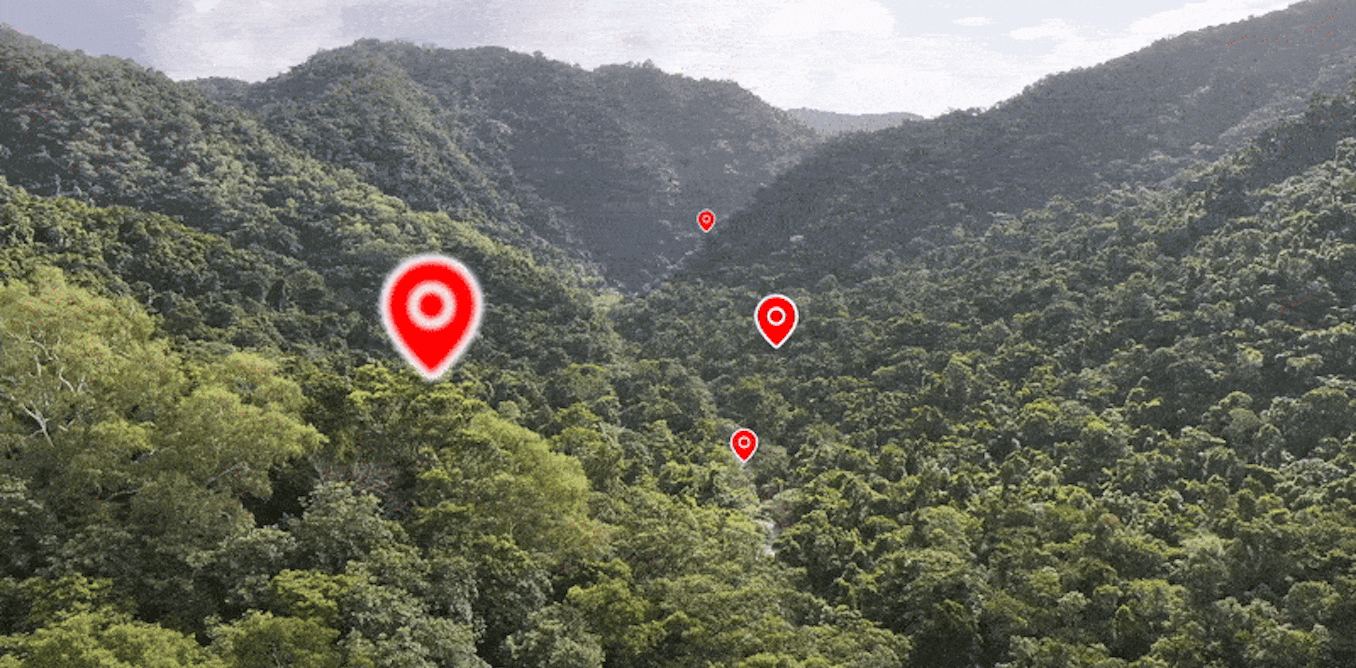






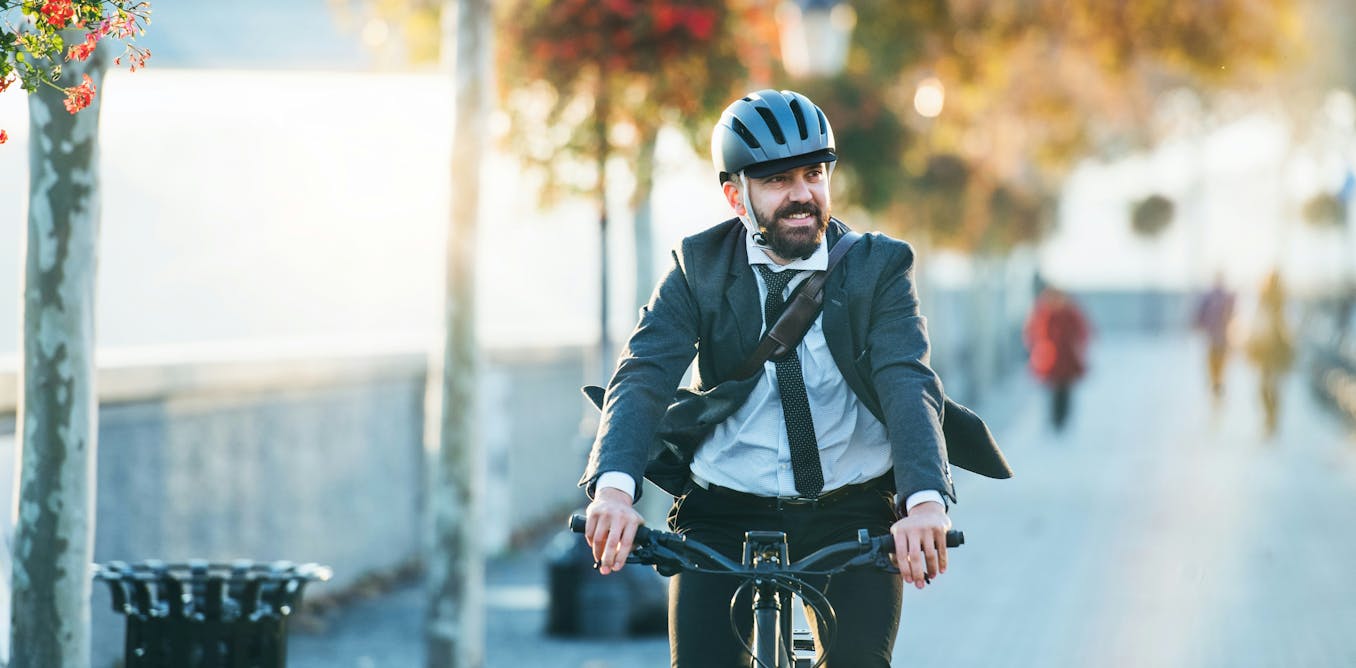
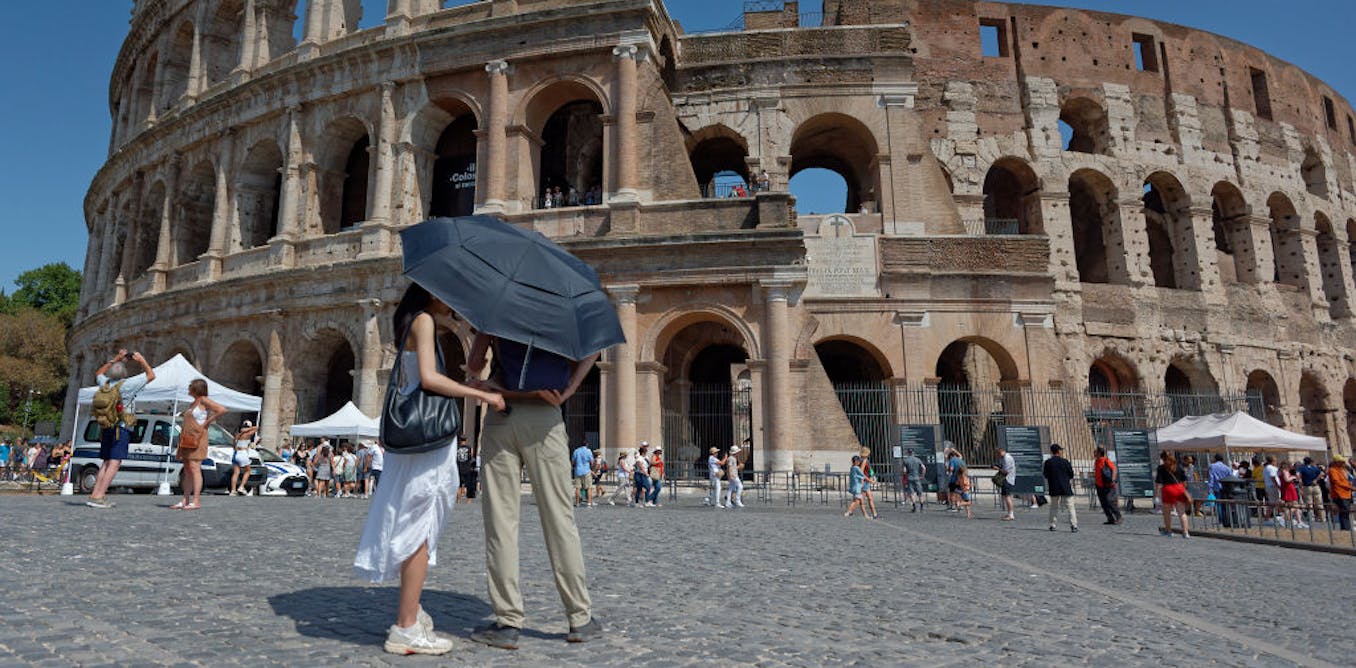

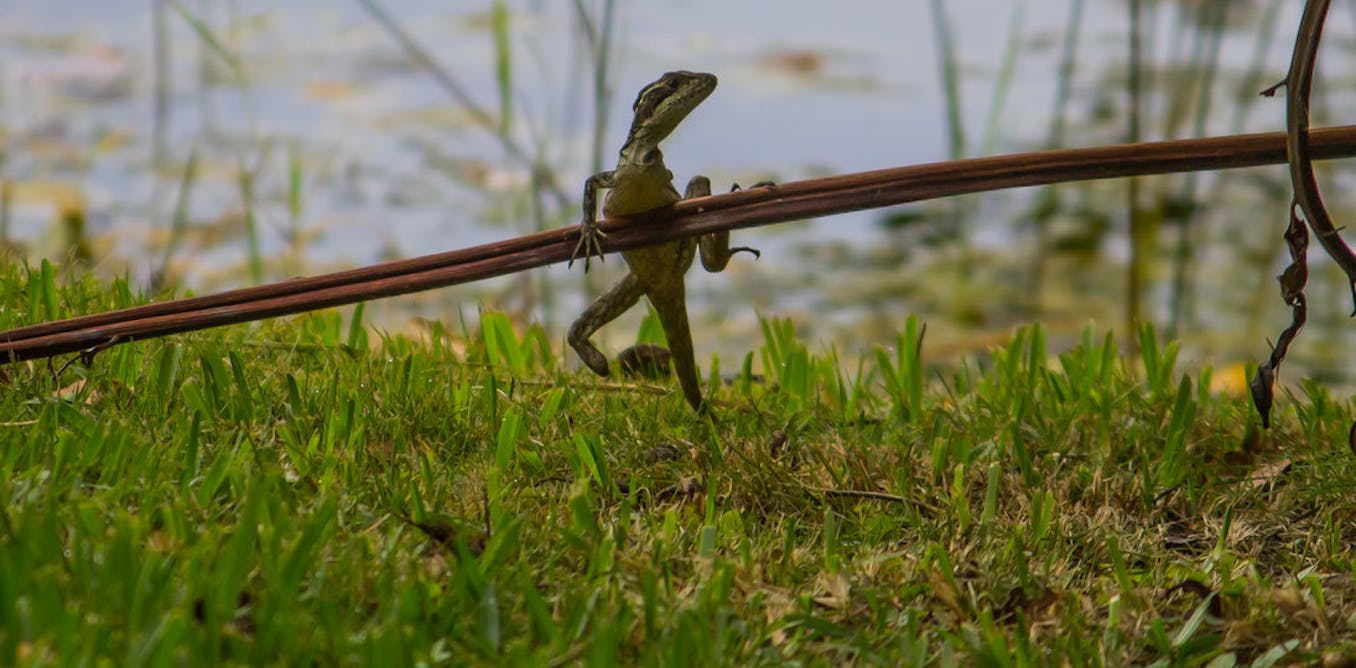
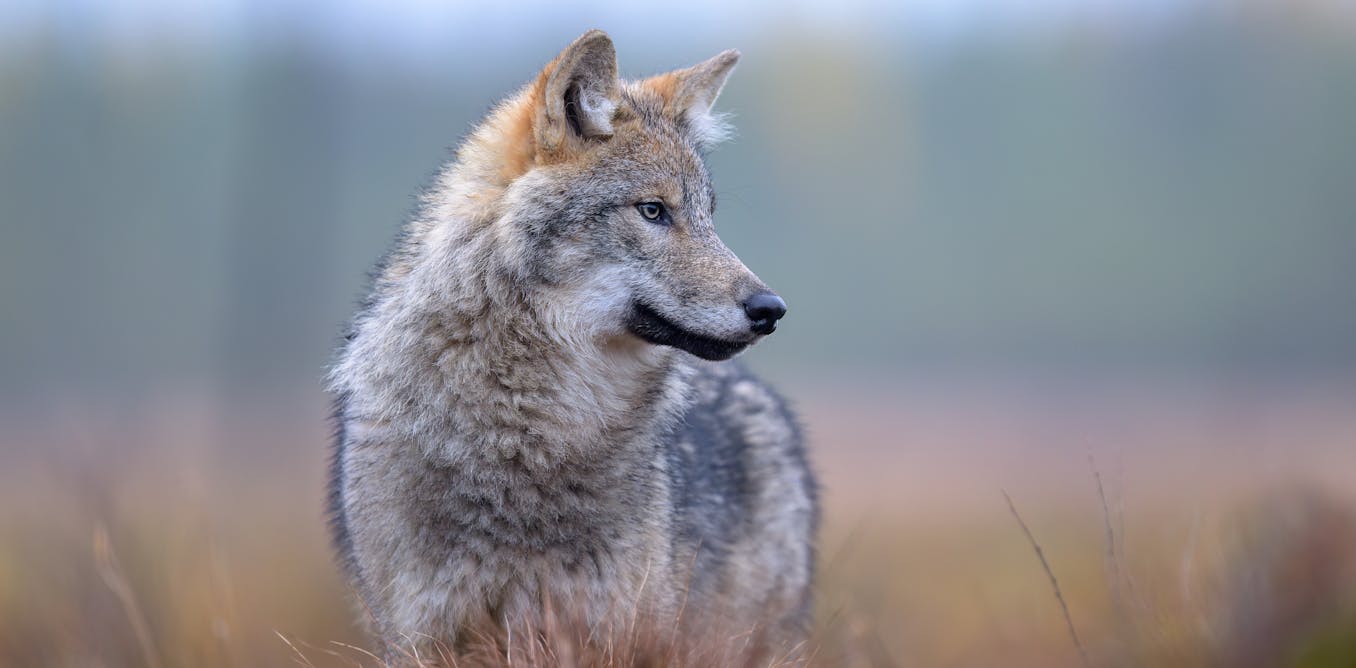















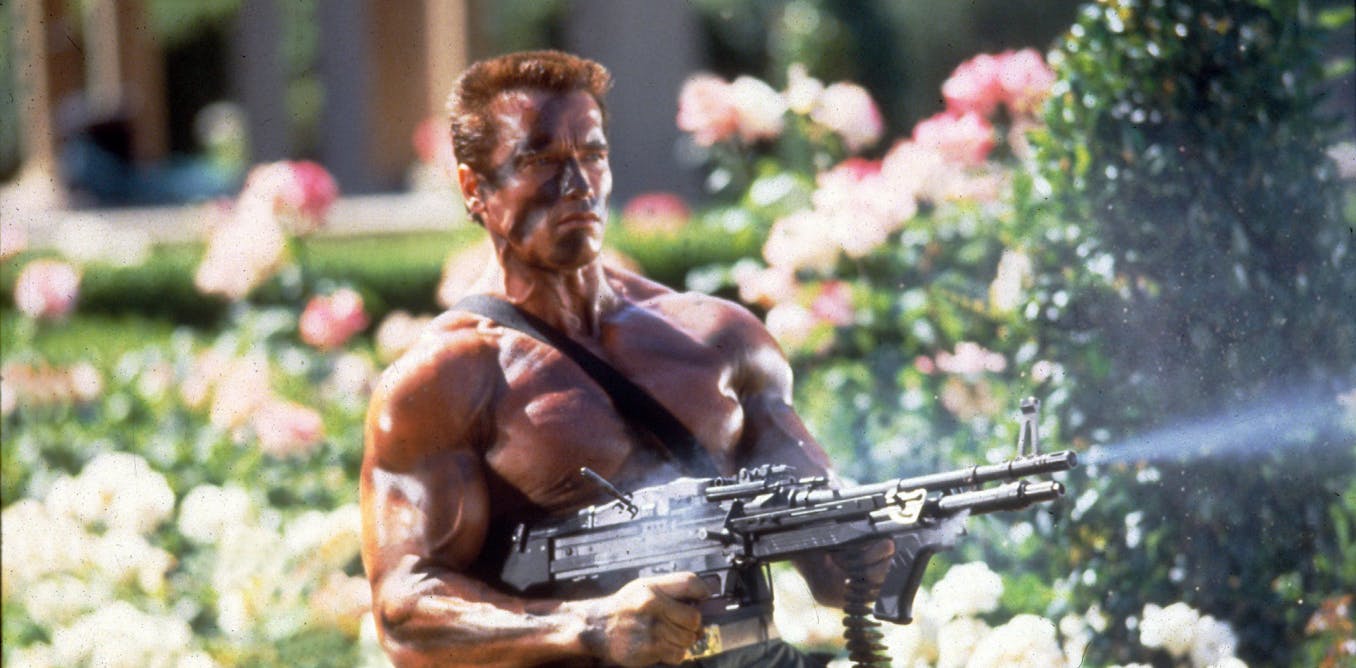








Leave a Reply